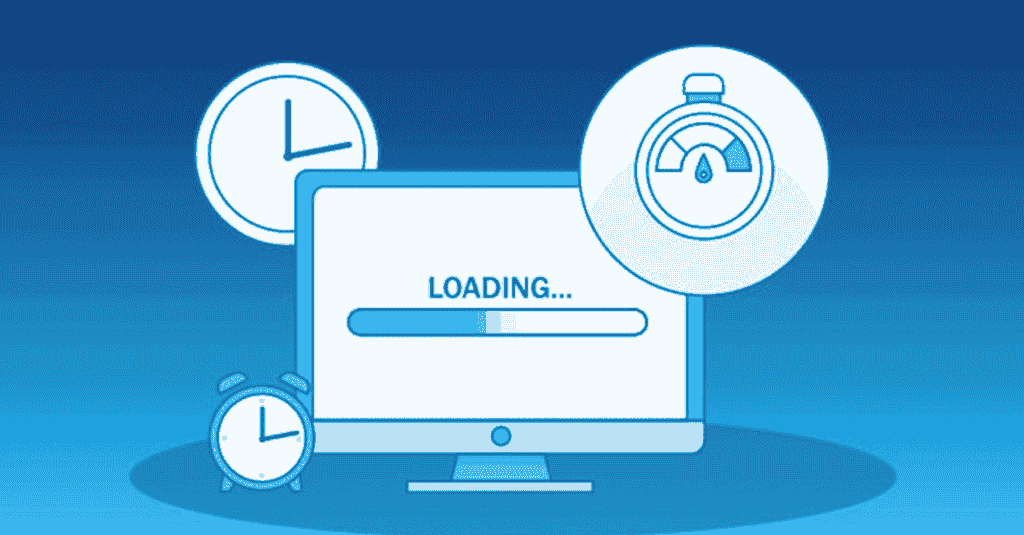


Tips for Designers and Developers Fast-loading website
In the fast-paced digital world, website speed plays a critical role in both user experience (UX) and SEO rankings. Studies show visitors will likely abandon a site if it takes longer than 3 seconds to load. Furthermore, search engines like Google factor page speed into their ranking algorithms, making it essential to have a fast-loading website.
If you’re a designer or developer, you know that crafting a visually appealing and functional website is just the beginning. Ensuring that it loads quickly is just as important. Below are some practical tips that can help you optimize website speed and performance without compromising design or functionality.
1. Optimize Image Size and Format
Images often significantly affect a website’s loading time, especially when they’re high-resolution or not properly compressed.
2. Minimize HTTP Requests
Each element on your webpage—images, stylesheets, scripts, etc.—requires a separate HTTP request. The more requests a browser has to make, the longer it takes to load the page.
3. Leverage Browser Caching
When visitors return to your website, you can speed up their experience by allowing their browser to store certain site elements. This way, returning users won’t have to reload every element of the page.
4. Use a Content Delivery Network (CDN)
A CDN is a network of servers worldwide that store copies of your website’s files. Using a CDN ensures visitors download your site’s files from the server closest to their location, improving loading speed.
5. Minify CSS, JavaScript, and HTML
Every line of code can add up, and excessive whitespace, comments, and unnecessary characters can slow download times.
6. Enable Asynchronous Loading for JavaScript and CSS
The default behavior of web browsers is to load files synchronously, which means one file at a time. When loading JavaScript or CSS synchronously, each file must be fully loaded before the next one can start.
Conclusion
Creating a fast-loading website is essential for both user experience and SEO. By following these tips—such as optimizing images, reducing HTTP requests, leveraging browser caching, and minimizing code—you can ensure your website loads quickly and efficiently, keeping users engaged and improving your search engine rankings. Remember, a fast website not only boosts your SEO but also builds trust with your audience and enhances overall satisfaction.
For designers and developers, incorporating these strategies will result in a website that performs smoothly and stands out in today’s competitive digital landscape.
